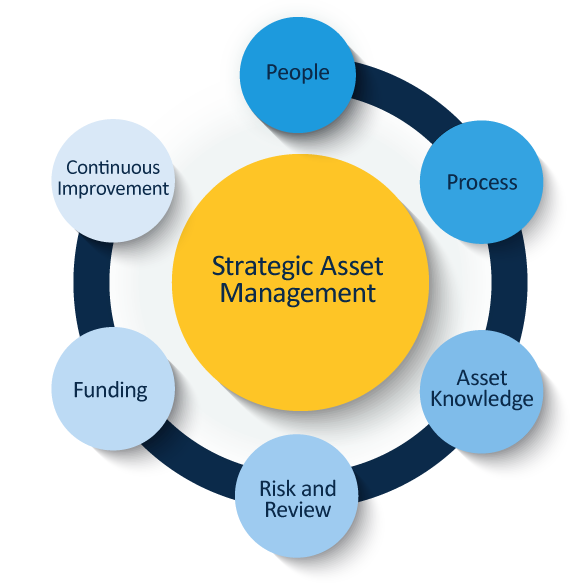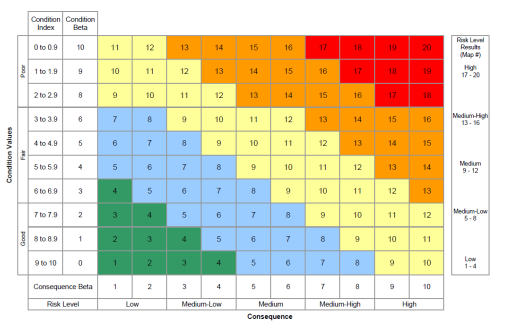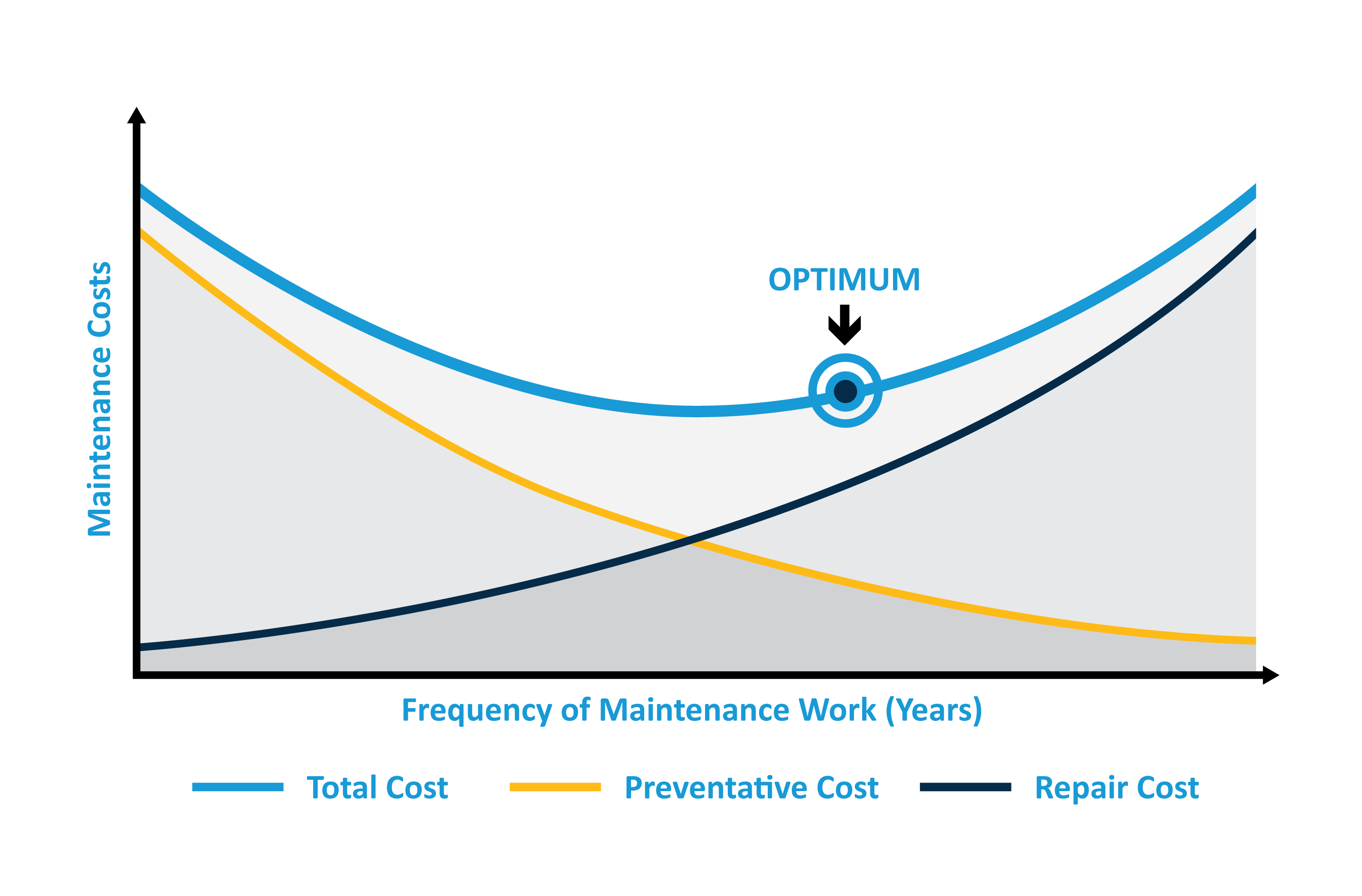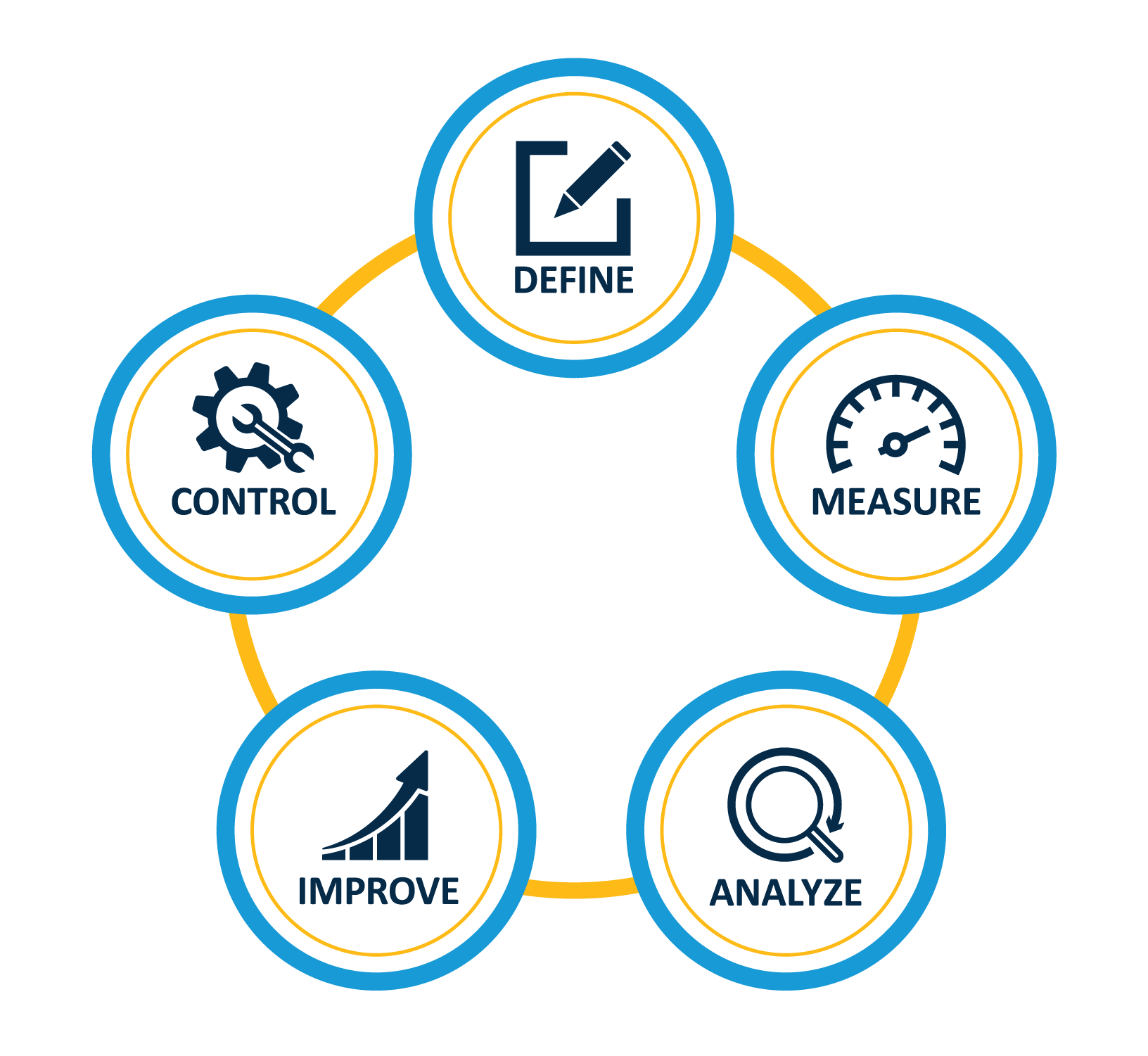Keep Regulators Happy with a Strategic Asset Management Plan
Posted January 12, 2021
Asset management strategies help prioritize investments, optimize maintenance, and mitigate risk. These strategies often consist of Consent Orders and Infiltration and Inflow (I&I) Plans—mandated Asset Management Plans. I can't help but wonder, why don't more utilities start with a Strategic Asset Management Plan (SAMP) to keep regulators happy?
An increasing number of utilities are developing SAMPs. As a consultant and a leader in the Government sector for more than 25 years, I have seen numerous plans remain unused. These plans are generally not actionable and have not been developed with key stakeholder input. The typical SAMP is a philosophical dissertation or an incomplete asset-by-asset wish list developed for an organization's asset management champion. More importantly, plans are rarely aligned with technology or processes in the field. Often, technology is an independent effort that is not driven by organizational asset management needs. Instead, organizations often end up with four independent views of asset management—the engineering department's philosophical paper, the GIS/IT manager's technology solutions; frequently a Geographic Information System (GIS) or Computerized Maintenance Management System(CMMS), the operator's business process, and the finance director's budget.
|
Figure 1: Asset Management Framework Components |
Effective SAMPs should support the desired levels-of-service developed by stakeholders from engineering, operations, IT, and finance. The plans should identify how technology is leveraged to track performance against goals. Key Performance Indicators (KPIs) will allow for continuous improvement as organizations track and evaluate an asset's performance. Finally, SAMPs must outline financial requirements, finding the right balance between maintenance activities (OpEx) and infrastructure replacement (CapEx).
To achieve the goals of a SAMP, it is essential to leverage a framework for asset management. Experts from the Institute of Asset Management (IAM), the American Public Works Association (APWA), and the United States Environmental Protection Agency (EPA) have developed several useful frameworks. For this post, I created a simplified framework around common components of asset management that align with the steps necessary for compliance of a Consent Order driven I&I Plan.
As you can see in Figure 1, there is a direct correlation between what is mandated and what a well-managed organization does voluntarily by developing a SAMP.
People:
Consent Order requirements for sewer overflow response indicate there must be a strategy included in the I&I Plan on how to leverage people to reduce deficiencies.
- A description of the administration of the I&I Plan, including:
- The number of staff serving the program and their status (e.g., full-time, part-time, contract).
- A description of the duties of each staff member.
- A description of the training requirements for staff who have duties under the I&I Plan.
When developing a SAMP, it's essential to look at the organization's performance, including backlog and preventative maintenance activities. A Computerized Maintenance Management System (CMMS) or work order tracking software will help the organization better understand its staffing and training needs. Additionally, since the levels of service are typically not established before a plan is written, a baseline of operational staffing needs to be identified. When developing a baseline for staffing, it's important to interview operations staff and spend time in the field to build trust and derive a complete understanding of staffing needs.
Process:
Organizations need an approach that defines and optimizes their business processes for both their management and staff. Finding a proper balance between management's expectations and in-field realities requires trust and occasional fieldwork. Below is an example of a proactive organization definition that may be found in a mandated I&I Plan.
- A description and schedule of routine inspection, operation, and maintenance activities, including information sufficient to determine which portions or units of the system are being served by the activity.
- A description of how infiltration and inflow will be identified and corrected, including:
- How flows are measured, and infiltration is identified.
- How sources of inflow will be identified, measured, categorized, and eliminated.
- The requirement that the organization will clean and inspect a percent of the sanitary sewer collection system on an annual basis.
Establishing clear organizational goals is critical in building a team's sense of mission. KPIs that track measures against goals inform all organizational levels of progress against priorities. Defining KPIs in a SAMP helps process improvement and can inform organizational decision making. In order to make continuous changes towards improvement, it's important to ensure that your SAMP measures the effectiveness of the current processes.
Asset Knowledge:
Asset knowledge is critical in developing data-driven and defensible decision support. Organizational asset registers, systems performance, and transparent risk development are components of a SAMP and a Consent Order driven I&I Plan. Regulators want to see the following:
- A current map of the treatment works showing unique identifying numbers for each utility hole, pump station, and force main, along with a description of the approach used to maintain and update the map as new information becomes available.
- An annual report which includes the program performance evaluation shall be submitted each calendar year, including performance measures for:
- Linear feet of gravity sewer cleaned
- Linear feet of gravity sewer line inspected, repaired, or replaced
- Pumping station equipment inspection, repair, and replacement
Each phase of an asset's lifecycle can and should have a defined system that is the "authoritative source" of data. Likewise, it's important to structure your SAMP by including asset onboarding and an update process so that key data stakeholders and end-users are on the same page, ensuring accurate and timely reporting.
Risk:
A SAMP can help define your organization's tolerance for risk before regulators force those decisions. Most Consent Orders give organizations latitude regarding decision-making around OpEx and CapEx. Regulators want to see the following:
- A description of the methods of identifying and prioritizing
- Needed repair, replacement, or upgrade of system units.
- Short-Term and Long-Term Rehabilitation and Replacement.
|
Figure 2: Risk Matrix |
Organizations are generally allowed to prioritize repair and replace decisions; therefore, it is best to develop an approach around business risk exposure. Developing a risk matrix for organizational priorities is a great first step in leveraging a risk-based approach for prioritizing "Short-Term and Long-Term Rehabilitation and Replacement."
Funding:
When taking a risk-based approach to asset management planning or Consent Order driven I&I Plans, documenting funding tradeoffs is critical in making defensible decisions. I&I Plans look for the following:
- Document funding for implementing the plan of action, including a description of the approach to determine the amount of funding necessary to implement the plan of action and the priority collection system repairs, including identifying known and potential revenue and funding sources.
Strategic asset management planning will define future funding requirements so that organizations can leverage more progressive funding options; by leveraging a sinking fund, organizations can realize savings over traditional bonding.
|
Figure 3: Customize the balance between proactive spending and risk |
As you can see, a SAMP has the same components as a Consent Order driven I&I Plan. Proactively planning your asset management objectives will satisfy regulators and allow your organization to develop an approach that complements its unique priorities, funding streams, people, and processes.
|
Figure 4: Continuous improvement is the ultimate goal of a well-managed organization. |
Continuous improvement is the ultimate goal in any performance-driven organization, which should include setting goals, measuring improvements, identifying weaknesses, and adjusting for future performance. A good Strategic Asset Management Plan is YOUR PLAN, a living document that changes as your organization matures.
To learn more about our strategic asset management program and how we can develop a personalized strategic plan for you, click here.
About the Author: Juston Manville, MIAM, Infrastructure Asset Management Business Practice Leader, has more than 25 years of experience in technology, data analytics, and strategic asset management. He has led project delivery for clients in technology, strategy, asset management, software implementation, project management, and software development. Juston is a skilled program leader with large-scale initiatives such as business transformations, organized change, and systems implementations. He has worked with organizations across the United States from the Northeast to Virginia and Oregon. You can reach Juston at JManville@chasolutions.com.



